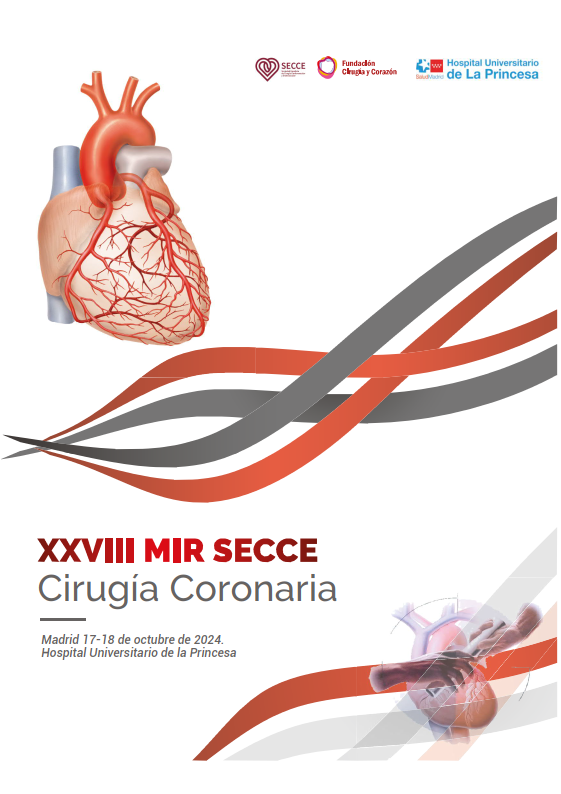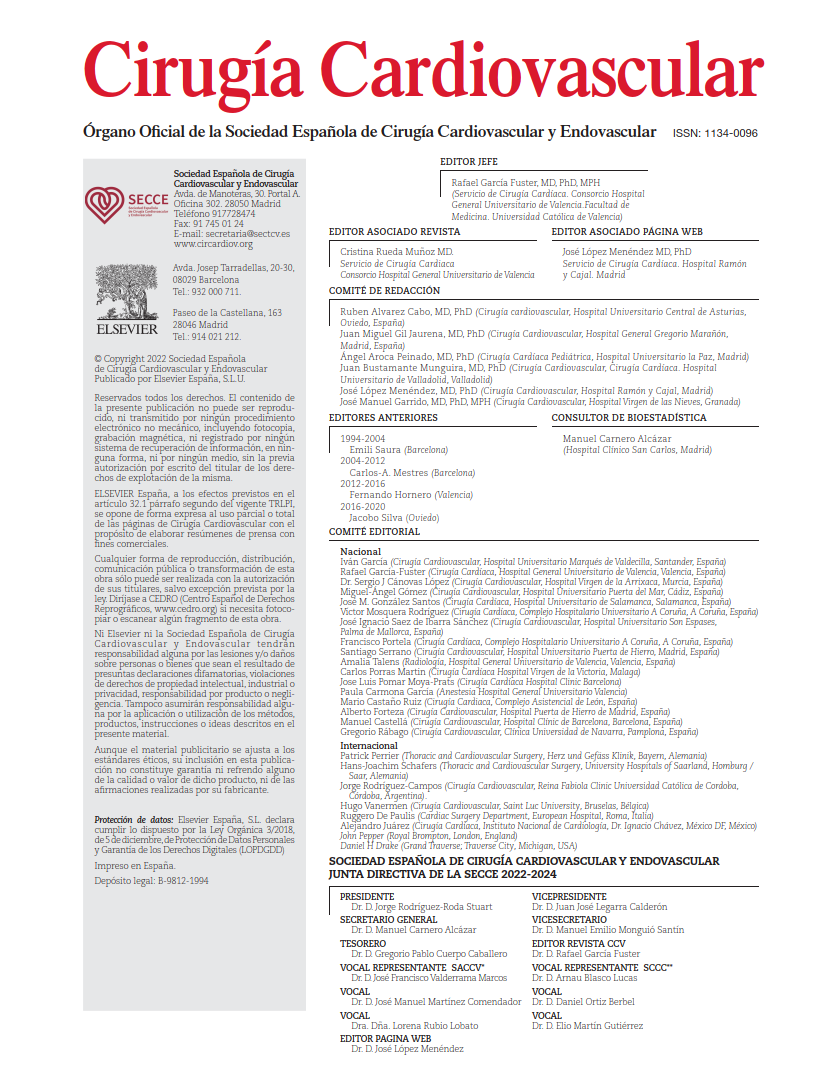Patients requiring transcatheter aortic valve implantation (TAVI) often receive oral anticoagulants due to concomitant conditions such as atrial fibrillation (AF). The continuation or interruption of anticoagulation prior to the procedure could be associated with a disruption of the embolic-hemorrhagic risk balance.
This study is an open-label, randomized, noninferiority trial conducted at 22 European centers. It included patients indicated for TAVI who were chronically treated with oral anticoagulants. Patients were randomized in a 1:1 ratio to either continue or interrupt oral anticoagulation during the periprocedural period. Exclusion criteria included mechanical heart valve prosthesis, intracardiac thrombus, venous thromboembolism within 3 months prior to TAVI, or stroke associated with AF within 6 months prior to TAVI. Anticoagulation suspension followed antithrombotic therapy guidelines, based on the type of anticoagulant used, and could involve bridging therapy when indicated. In the continuation group, anticoagulation was maintained uninterrupted, including on the day of the procedure.
The primary outcome was a composite of cardiovascular death, stroke from any cause, myocardial infarction (MI), major vascular complications, or major bleeding defined as Valve Academic Research Consortium 3 (VARC-3) types 2, 3, or 4 within 30 days following TAVI. Secondary outcomes included procedure-related bleeding (adding VARC-3 type 1 to the previous classifications), procedure-related thromboembolic events (non-hemorrhagic stroke, transient ischemic attack [TIA], MI, or systemic embolism), all-cause mortality, and a safety endpoint. All secondary outcomes were assessed within 30 days post-TAVI.
A total of 869 patients were randomized, of whom 11 were excluded from the analysis. The 30-day follow-up was completed by 858 patients: 431 in the anticoagulation continuation arm and 427 in the interruption arm. The mean age was 81.1 ± 5.9 years, with one-third of the cohort being female. The primary indication for anticoagulation was atrial fibrillation in most cases (94.9%), with a mean CHA2DS2-VASc score of 4.5 ± 1.4. A high proportion of patients were on direct oral anticoagulants, sometimes combined with antiplatelet therapy as per medical indication. In the interruption group, anticoagulation was restarted at a median of 1 day post-procedure without bridging therapy.
The primary composite outcome in the continuation group versus the interruption group was 16.5% vs. 14.8% (p = .18 for noninferiority). The incidence of individual components of the primary outcome did not reach statistical significance. Thromboembolic events were slightly higher in the continuation arm compared to the interruption arm (8.8% vs. 8.2%; p > .05). Bleeding occurred in 134 patients (31.1%) in the continuation group and 91 patients (21.3%) in the interruption group. These events were predominantly minor and were managed with manual compression or radial band application. There were no significant differences in major bleeding complications (VARC-3 types 2, 3, and 4).
In subgroup analyses, patients with higher frailty scores on the Edmonton Frail Scale, lower thromboembolic risk (CHA2DS2-VASc < 5), or a history of coronary artery disease benefited more from anticoagulation interruption than continuation.
In patients undergoing TAVI with a permanent indication for oral anticoagulation, the strategy of uninterrupted perioperative anticoagulation was not inferior to its interruption in terms of cardiovascular mortality, thromboembolic events, vascular complications, or major bleeding within the first month.
COMMENTARY:
The lack of robust evidence in this field of interventional cardiology has led to a variety of approaches in the perioperative management of anticoagulation during TAVI. Drawing parallels from other cardiovascular procedures, such as pacemaker or implantable cardioverter-defibrillator implantation, maintaining oral anticoagulation instead of interrupting it and using bridging therapy with heparin is associated with reduced incidence of pocket hematomas, with consistent results across randomized trials using direct oral anticoagulants.
TAVI patients exhibit unique characteristics, including advanced age, the presence of comorbidities such as AF (an age-related arrhythmia), and a higher prevalence of bleeding risk factors. Identifying an anticoagulation regimen that minimizes bleeding incidence without increasing thromboembolic events is essential.
The open-label design and selection bias from the composite outcome, which integrates ischemic and hemorrhagic events, are notable limitations of this study. Nonetheless, this randomized noninferiority trial advances the evidence in this field by moving beyond observational studies, demonstrating no significant differences between the two strategies regarding bleeding or vascular complications.
The higher bleeding risk underscores the nuanced decision-making required when managing anticoagulation, emphasizing the importance of individualized treatment plans. This is particularly relevant as the increased incidence of minor bleeds in the continuation arm did not translate into a significant reduction in thromboembolic events. Therefore, patients at higher bleeding risk (those on concomitant antiplatelets or with significant frailty) and those at lower embolic risk may not benefit from maintaining anticoagulation during the procedure.
Ultimately, with the aforementioned limitations, anticoagulation interruption using the authors’ protocol, involving a median restart time of 1 day post-procedure, appears to reduce bleeding incidence without increasing ischemic events. This finding is particularly relevant in a population generally predisposed to both types of complications.
REFERENCE:
van Ginkel DJ, Bor WL, Aarts HM, Dubois C, De Backer O, Rooijakkers MJP, et al.; POPular PAUSE TAVI Investigators.. Continuation versus Interruption of Oral Anticoagulation during TAVI. N Engl J Med. 2024 Aug 31. doi: 10.1056/NEJMoa2407794.



